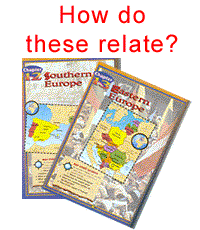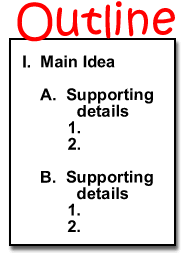 |
|
|||||
|
|
|
|
|
|
|
|
| |
|
|
||||
 |
|
S
urvey the material to be read.
|
 |
|
C
onnect the ideas.
|
 |
|
R
ead the material.
|
 |
|
O
utline.
|
 |
|
L
ook.
|
 |
|
|
| |
|
|
|
|
|
|
|
| |
 |
||||||
|
|
|
||||||
| |
|
||||||
| |
|
|
|
|
|||
| |
|
|
|||||